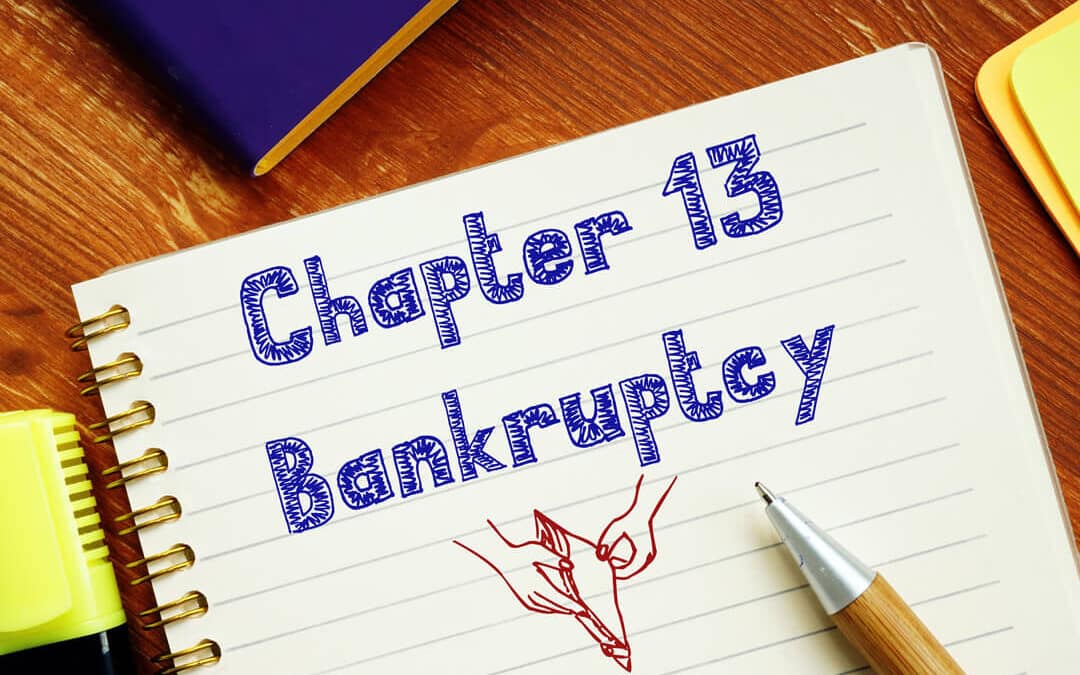Small business owners often face the challenge of overwhelming debt. When dealing with mounting debts and a struggling business, Chapter 13 bankruptcy can provide a viable solution. This article will explore the intricacies of Chapter 13 bankruptcy for small business owners.
What is Chapter 13 Bankruptcy?
Chapter 13 bankruptcy, a repayment plan or wage earner’s plan, allows individuals to reorganize and repay their debts over three to five years. Unlike Chapter 7 bankruptcy, which involves liquidating assets, Chapter 13 allows individuals to keep their assets while creating a manageable repayment plan. Sole proprietors can also use this type of bankruptcy to address personal and business debts.
Eligibility for Chapter 13 bankruptcy extends to sole proprietors, as their personal and business finances are intertwined. However, partnerships, limited liability companies (LLCs), and corporations cannot file for Chapter 13 bankruptcy.
Benefits of Chapter 13 Bankruptcy for Small Business Owners:
- Repayment Plan to Manage Debts: Chapter 13 bankruptcy offers the opportunity to create a repayment plan. This plan consolidates debts and allows for affordable monthly payments based on income and expenses. By restructuring debts, small business owners can regain control over their financial situation and work towards becoming debt-free.
- Retaining Business Assets: Chapter 13 enables small business owners to keep their business assets. This is particularly beneficial for sole proprietors who rely on these assets to operate their businesses. Owners can continue operations and improve their financial standing by protecting business assets.
- Discharge of Remaining Debts: Upon completing the Chapter 13 repayment plan, any remaining balances on qualifying debts will be discharged or forgiven. This discharge provides a fresh start, allowing small business owners to move forward without overwhelming debts.
- Paying Off Priority Debts: Chapter 13 bankruptcy allows small business owners to prioritize the repayment of certain debts, known as priority debts. These debts, including taxes and domestic support obligations, must be repaid through the repayment plan. Addressing these priority debts ensures compliance with legal obligations and provides peace of mind.
- Cramming Down Secured Loans: Chapter 13 bankruptcy may allow small business owners to “cram down” the balance of certain secured loans. This means reducing the amount owed on loans secured by collateral, such as car or equipment loans, to the property’s current value. This can result in significant savings and make the repayment process more manageable for businesses.
Filing Chapter 13 Bankruptcy as a Sole Proprietor:
Sole proprietors can file for Chapter 13 bankruptcy to address personal and business debts. Filing is done under the owner’s name since they and their business are considered the same legal entity. This distinction allows for reorganizing personal and business debts, providing comprehensive debt relief for small business owners.
When filing for Chapter 13 bankruptcy as a sole proprietor, detailed information must be provided about personal income, expenses, business income, business debts, and business assets. This includes tax returns, profit-and-loss statements, bank statements, receipts, payroll records, invoices, and other relevant financial documents that support the figures provided.
Alternatives to Chapter 13 Bankruptcy for Small Business Owners:
While Chapter 13 bankruptcy can be a viable option for sole proprietors, there may be better choices for some small business owners. Depending on the business structure and specific goals, alternative solutions to consider include:
- Chapter 11 Bankruptcy: If your business is structured as a partnership, LLC, or corporation, Chapter 11 bankruptcy may be more suitable for addressing business debts. Chapter 11 allows for the reorganization of business debts while maintaining operations. Although the costs associated with Chapter 11 bankruptcy are higher, it provides a comprehensive solution for businesses seeking debt restructuring.
- Subchapter V Bankruptcy: Small business owners who qualify can explore Subchapter V bankruptcy, a streamlined version of Chapter 11 bankruptcy designed specifically for small businesses. To qualify, the business must not be a single-asset real estate entity and must have less than $7.5 million in debt. This option offers a more accessible and cost-effective path for small business debtors to reorganize their debts and continue operations.
Getting Help with Your Small Business Bankruptcy
Chapter 13 bankruptcy can significantly relieve small business owners burdened with overwhelming debts. To determine the best course of action based on specific circumstances, it is essential to consult with a bankruptcy attorney. With their guidance, small business owners can navigate the complexities of bankruptcy and work towards a fresh start for themselves and their businesses.
Brock & Stout’s bankruptcy attorneys have over 25 years of experience helping clients get their finances back on track. Contact us for a free evaluation to see if we can get you on the path of financial restoration.

